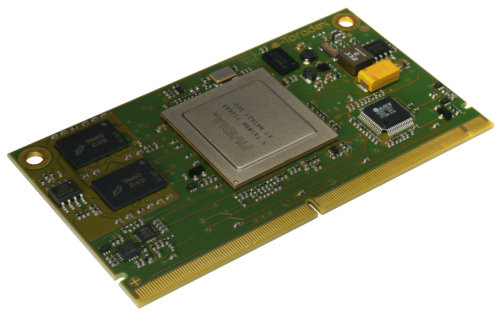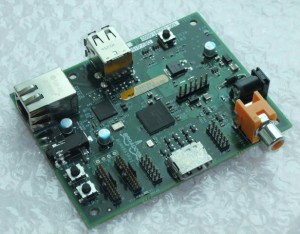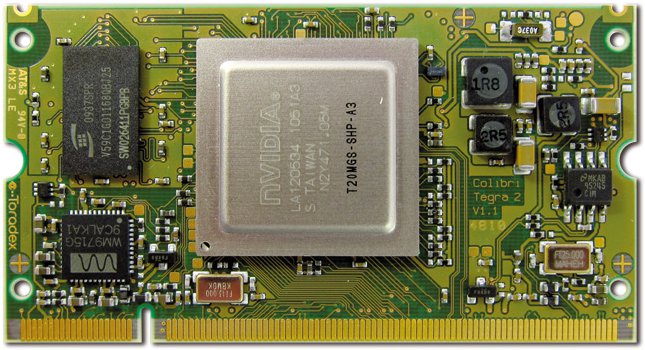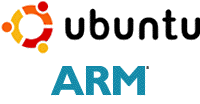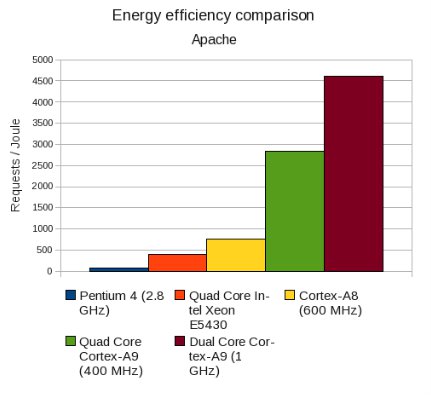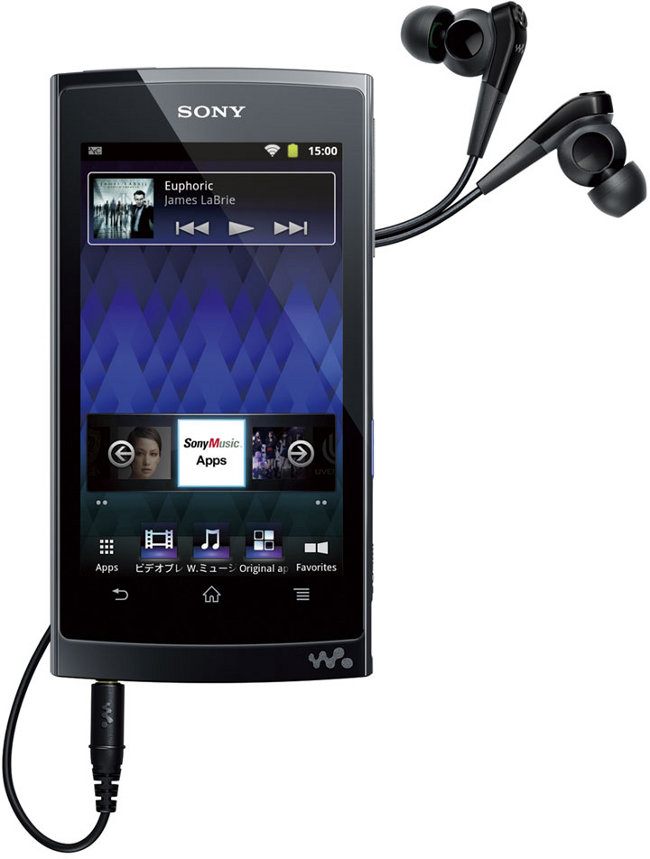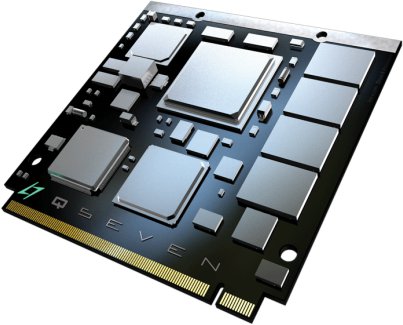Last month, Toradex released the preliminary specification for Apalis, a Computer on Module (CoM) architecture. Although the Apalis specification has been initially designed with ARM based processors in mind such as the Nvidia Tegra, Freescale i.MX and Texas Instruments OMAP processor families, it aims at being device and chip architecture independent. The Apallis specification defines the following: Interface Specifications: Signal Naming Convention – Rules to name pins (e.g. VCC, PWM1, PWM2, ) which are used for all modules. Signal Definition – Details about the pins named above Physical Pin Definition and Location Mechanical Specifications: Mounting and Fixation Module Size – Standard: 82 x 45mm | Extended: 82 x 56mm Pin Numbering – There is a total of 321 pin numbers (but a few less actually pins) Electrical Specifications: Power Supplies Power Control Back Feed Protection This specifications also defines mounting mechanisms for active cooling (e.g. heat spreaders) in case those […]
List of 39 Low Cost Linux Friendly Boards and Products
Dmitry (omgfire), one of my awesome readers, compiled a great tabular list of Linux friendly boards and products that sells for less than $300 US (usually less than $200). This list includes technical details such as the processor, GPU, memory, NAND flash, connectivity, ports, supported Linux distributions… as well as availability and pricing information. There are currently 39 Linux devices in total. The vast majority are ARM based boards, but he also included 2 x86 products by VIA, but those are relatively pricey ($265 and up). Here’s a summary list with SoCs used, links to blog posts and product pages (if available), as well as price information. Raspberry Pi Model B – Broadcom BCM2835 (ARM11) – Blog post (That’s my first post about the R-Pi last year, and the board is much different now) – Product page – Price: $35 + shipping Rikomagic MK802 – Allwiner A10 (Cortex A8) – […]
Toradex Will Unveil Colibri T30 Nvidia Tegra 3 COM at Embedded World 2012
Toradex, a Swiss technology company specialized in embedded systems, will be at Embedded World 2012 to showcase their products and technology including: An Embedded Computer Kit with Colibri T20 (Nvidia Tegra 2 Computer on Module) and Iris carrier board. Instant boot demo (480 ms) in WinCE with their NVidia COM The new Colibri T30 COM powered by Nvidia Tegra 3 (Quad-core Cortex A9 processor) At the conference, they will give away 100 Embedded Computer Kits (they also call it “Performance Kit”) based on Colibri T20 and Iris board to the attendees who give 20 Euros to the Red Cross. The regular price of this kit is 200 Euros. This embedded module comes preloaded with Windows Embedded Compact 7 , but you can download the Linux BSP and update the board firmware. The Colibri T20 key features include: Dual Core Nvidia Tegra 2 ARM Cortex A9 Processor @ 1 Ghz 256 […]
The Past, Present and Future of Ubuntu for ARM
David Mandala of Canonical talked at Linux.Conf.Au on 18th of January 2012 about Ubuntu for ARM and the move from netbook to server support. You can read my notes below, or jump at the end of this post to watch the presentation. The Past 2008: Ubuntu decides to only support ARMv7 architecture vs. Debian that supports ARMv4 and above. 2009: Ubuntu release for Freescale i.MX51 (ARMv5 built), and then Marvell ARMAVA with ARMv6 and VFP (ARM floating point unit) support. 2010: April (10.04) The first ARMv7 release for OMAP3 (Beagleboard) with VFP, Thunb2, NEON and SMP for ARM and first netbook edition October (10.10) Pandabord (OMAP4) release with initial device tree support for ARM. Starts work with Linaro. 2011: 11.04 (5th release) – Supports OMAP3 and OMAP4 only. The netbook edition is using Qt, further improvement to device tree, further work with linaro and on the way to the Unified […]
Energy Efficiency of ARM Architecture for Cloud Computing Applications
Following “Pandaboard Cloud Cluster Running Google App Engine” post, there were some questions regarding the actual power efficiency of ARM servers vs Intel (Xeon) servers and some commenters questioned the performance of ARM chips. I’ve found a thesis evaluating how the energy efficiency of the ARMv7 architecture based processors Cortex-A9 and Cortex-A8 compares – in applications such as a SIP Proxy and a web server (Apache2) – to Intel Xeon processors. The focus of this thesis is to compare the energy efficiency between the two architectures rather than pure performance where the Xeon largely outperforms ARM processors, although a cluster of ARM servers could be used instead to reach the same processing power. Depending on the application, benchmarks indicate energy efficiency of 3-11 times greater for the ARM Cortex-A9 in comparison to the Intel Xeon. The full thesis (74 pages) is available below. Jean-Luc Aufranc (CNXSoft)Jean-Luc started CNX Software in […]
Ubuntu on Tegra 2 Netbook and Ubuntu Server on Pandaboard
Canonical showcases several demos at ARM Techcon 2011: Toshiba AC-100 Netbook (Nvidia Tegra 2) running Ubuntu 11.10. with Unity interface. Freescale i.MX53 board playing a 1080p video in Ubuntu 11.10. TI Pandaboard running Ubuntu 11.10 Server Edition. Ubuntu 11.04 is not officially supported for Toshiba AC-100, but the community if working on it and the image can be downloaded at http://ac100.gudinna.com/ Canonical however supports Netbook and Headless (Server) edition for OMAP3 (Beagleboard) and OMAP4 (Pandaboard). Those image are available at https://wiki.ubuntu.com/ARM/NattyReleaseNotes Watch the interview by Charbax and demos in the video below. Jean-Luc Aufranc (CNXSoft)Jean-Luc started CNX Software in 2010 as a part-time endeavor, before quitting his job as a software engineering manager, and starting to write daily news, and reviews full time later in 2011. www.cnx-software.com
Sony Announced the Android Walkman NW-Z1000
Sony Corp announced three new series of its Walkman portable music including the “NW-Z1000” series powered by Nvidia Tegra 2, equipped with an 4.3-inch TFT LCD panel and running Android 2.3 (gingerbread). NW-Z1000 user interface is slightly customized and its sound quality is improved thanks to a digital amplifier chip called “S-Master MX.” The changes made to the UI include shortcut icons for Sony’s music applications and video players at the bottom of the screen. The NW-Z1000 has wireless LAN capability, GPS and sensors such as acceleration sensor and is pre-installed with GMS (Google Mobile Service) which includes Google Maps, YouTube and Android Market. Here are the specifications of the NW-Z1000 series Walkmans: Android 2.3 with access to the Google market YouTube, Gmail, Google Maps and various Sony apps pre-installed (Sony Music Player, Photo Player, etc.) 4.3-inch LCD with 480×800 resolution NVIDIA Tegra 2 dual core mobile CPU (1GHz) 512MB main […]
QSeven Form Factor Embedded Boards by Seco
QSeven is a new standard (QSeven Specifications 1.20) that provides pinout, electromechanical description and implementation guidelines so that the main boards (with the MPU) be easily exchanged. So that you can a larger board with all connectors and a QSeven boards based on Intel icore, Atom or other processors based on ARM that simply fits into that larger board. The QSeven concept is defined as follows: Qseven Concept The Qseven concept is an off-the-shelf, multi vendor, Single-Board-Computer that integrates all the core components of a common PC and is mounted onto an application specific carrier board. Qseven modules have a standardized form factor of 70mm x 70mm and have specified pinouts based on the high speed MXM system connector that has a standardized pinout regardless of the vendor. The Qseven module provides the functional requirements for an embedded application. These functions include, but are not limited to, graphics, sound, mass […]


